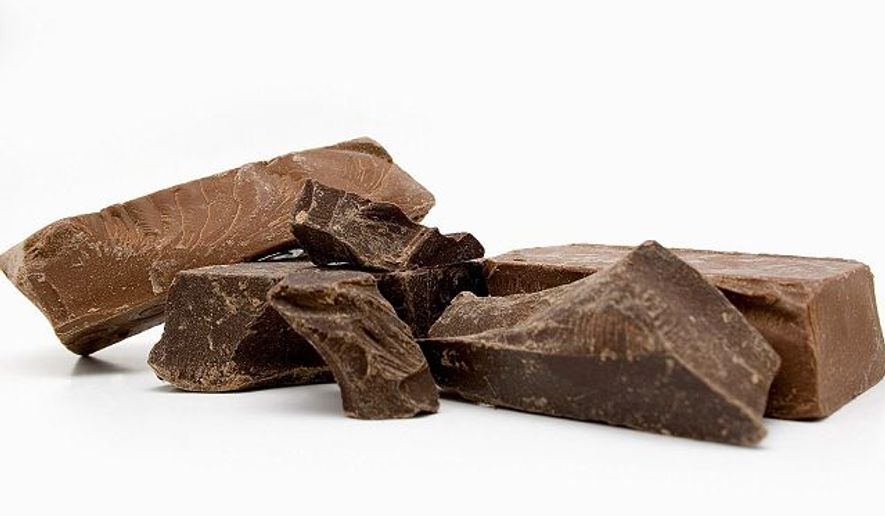A new study released Wednesday observing cocoa products, including dark chocolate, from 2014 to 2022 found that 43% of products had lead concentration over California limits, while 35% had cadmium content over the state’s limit.
The U.S. Food and Drug Administration does not have any regulations pertaining to the presence of heavy metals in chocolate; it only suggested lead limits for children. The new George Washington University study released in the journal Frontiers in Nutrition used guidelines set by California’s 1986 law Proposition 65 as a benchmark.
Under those guidelines, the maximum allowable dose level (MADL) for lead is 0.5 micrograms per day and the maximum level for cadmium is 4.1 micrograms per day. Arsenic levels were also measured, but none of the products studied had dose levels exceeding those of the California guidelines.
The study’s authors qualified their findings by noting that “median concentrations of each metal tested were lower than even the conservative Prop 65 MADLs,” which they said suggested a small number of contaminated samples more than a universal issue.
In addition, the authors cautioned that even though the majority of the tested cocoa products did not exceed the Prop 65 limits, they were only tested for a single serving. They could still contribute to exceeding the recommended daily limit if more than one serving were eaten or if a single serving was eaten alongside a non-cocoa food source contaminated with heavy metals.
The authors also found that organic products were more likely to have higher levels of both lead and cadmium.
While cadmium is usually leached into the cacao plant from the soil, lead and other metals often contaminate cocoa products after the harvesting process.
“There are reports of other metal polluting industries that are situated next to cacao plants. Thus cacao becomes contaminated during a certain stage of its creation — its drying process — and makes its way into the bar from there. I doubt most companies even know that their chocolate is contaminated to any serious degree,” study lead author Jacob Hands said in a news release.
The National Confectioners Association, a candy industry trade group, said chocolate remains as safe as it has always been.
“Chocolate and cocoa are safe to eat and can be enjoyed as treats as they have been for centuries. Food safety and product quality remain our highest priorities and we remain dedicated to being transparent and socially responsible,” the NCA said in a statement.




Please read our comment policy before commenting.